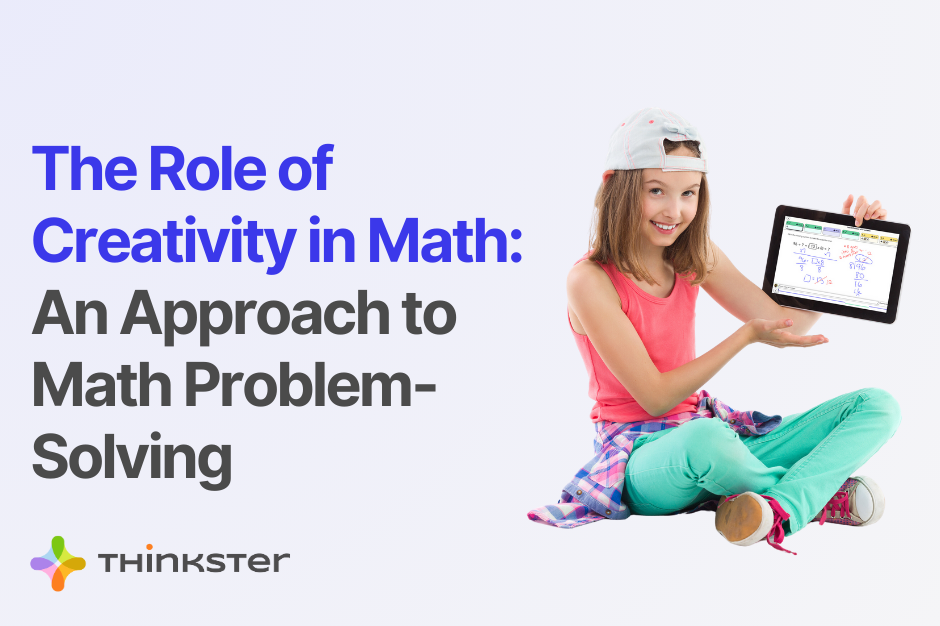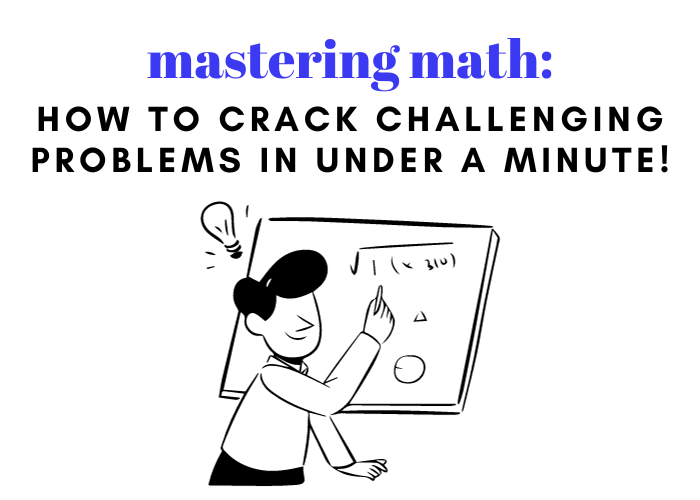

Last Updated on May 26, 2022
Kids may find this hard to believe, but quite a few parents actually enjoyed solving when they were in school. Maybe solving a was a welcome change from focusing on a or based .
However, some parents remember a feeling of dread when they think back to solving a . Sifting through words and distractors to extract a simple was panic-inducing for some students!
Today, math word problems still challenge many elementary and middle school students. Some students excel at them, while others may have a bit of a freak-out session during homework time.
The equations and processes students learn will never cease to be important. Word problems are also necessary because they allow for the practical application of a . These problems help build strong skills, which means that you increase your ‘s critical thinking, analytical, and logical reasoning skills. It’s crucial to develop these skills, as they directly impact future academic and professional success!
For , at work, adults encounter numerous real-life situations that aren’t neatly packaged into an . Learning to solve from a young school provides the foundation students need to solve similar problems when they enter the workplace.
By ensuring they understand how to use different strategies and methods to work through these types. One of the most popular and helpful – using illustrations!
Illustrations are the key to removing the abstract from word problems and making a math concept more real.
Math curricula for early elementary school do this already by encouraging younger students to draw out their answers.

For , if a asks, “Michael has three dimes, two nickels, and seven pennies; How much money does he have?”
The student can also draw dimes, nickels, and pennies on the worksheet to solve the question. The mere act of drawing these coins expands the problem into a visual cue that can be easier for children to understand. After drawing the coins, the student can point to each one and add them up to get the answer.
And drawing diagrams can help older students too.
Take this example: “Lori cuts half of a pie to take home to her family. Joe takes a third of that pie for himself. How much pie is left?”
The equation is 1 minus 1/2 minus 1/3 equals x, which is 1–1/2–1/3=x. The mere sight of adding or subtracting fractions may seem daunting for students, but the solution is easily achievable with illustrations. First, draw a pie, shade in Lori’s half, shade Joe’s third, and what you have left is the correct answer.
Of course, some kids will arrive at answers like 47 cents or 1/6 without needing to draw the problem out. The illustration process, though, is just as important to them as well.

Not every word problem will be simple, and there might be a time when drawing the solution will not be an option. When students use illustrations to solve math word problems, the process becomes internalized. Kids begin drawing math in their heads. Eventually, they might not need drawings for each question, as their brains will start visualizing the problem and strategies. And that skill can last a lifetime.
The beauty of illustration is that it’s not limited to tally marks, drawn coins, or other written symbols on a piece of paper. Online math programs can produce interactive images that can help students solve math word problems.
Actual objects can be used as well: Cubes, toothpicks, and plastic coins are among the favorite accessories of classrooms; the possibilities at home are even more abundant.
If your child needs help on word problems or any other , Thinkster can help!
Our personalized approach offers an at-home, digital approach that your children will love. Our curriculum is also packed with critical thinking and logical reasoning problems so that your child gets the practice they need to illustrate and visualize word problems.
A dedicated tutor will customize a learning plan specifically for your child and give assignments to help with a particular concept. For , if your child struggles with , then they can get a .
Learn more about how a dedicated Thinkster tutor can help your child improve in !
Does your child love or hate ?


